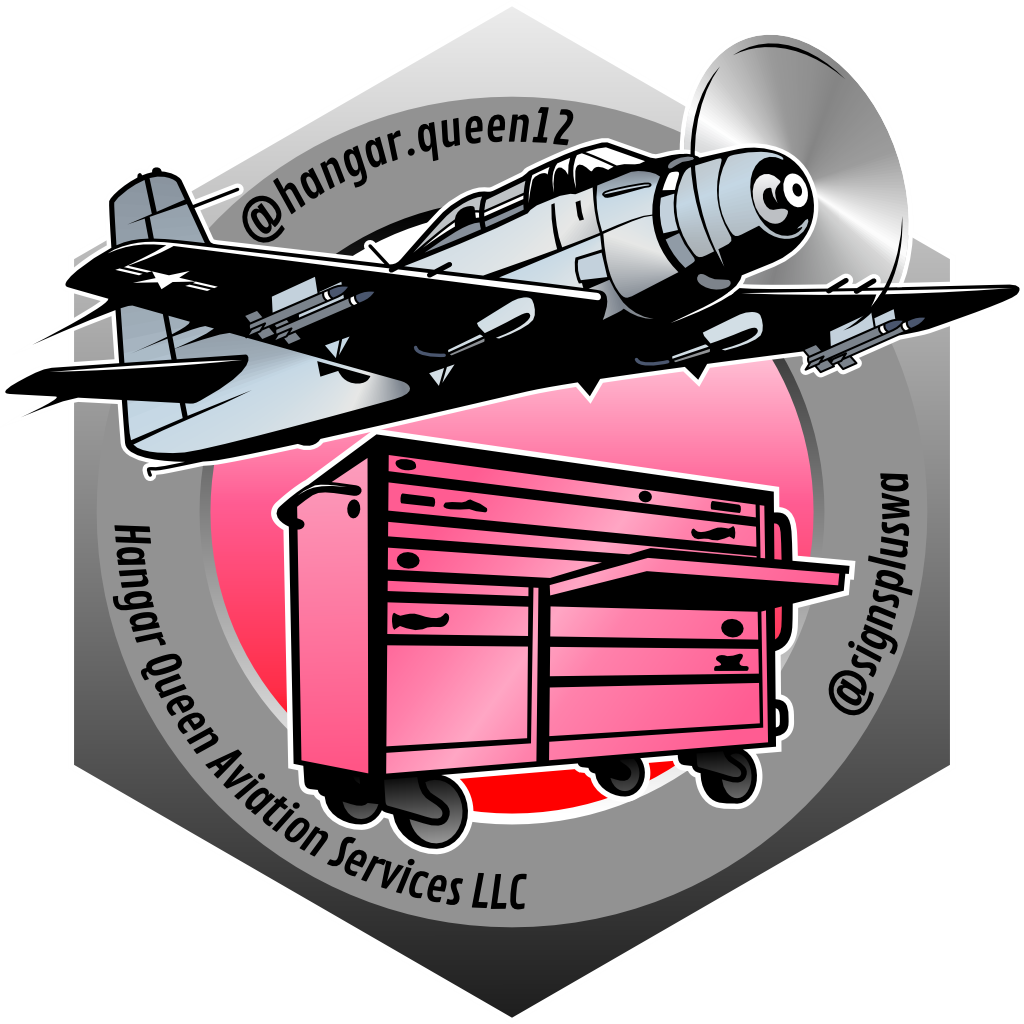Key Words
-
An Airworthiness Directive [AD] is a mandatory fix, repair or replacement of an unsafe condition on an airframe, engine, propeller or appliance. As a part 91 owner/operator most of what you will experience will be “recommended” which means you can choose to comply or not. ADs do not give the option they will and must be completed by the specified time located in the document for the aircraft to continue to be airworthy and used for continued operation. Airworthiness Directives are issued by the FAA and fall under FAR part 39.
-
Annual Flat Rate has become an unwritten industry standard for the amount of time needed to open, inspect, labor for oil change, wheel bearing clean and regrease, lubricate and close an aircraft. The best way to think about it is if its on the inspection checklist it should be covered under the flat rate hours. There are a few items that you can expect to be over and above a flat rate. A basic list of those would be the following: any parts required, any ADs that require compliance, Service Bulletins, Instructions for Continued Airworthiness (come with most STCs), etc.
-
A ferry permit is more formally known as a Special Flight Permit (SPF). These permits are issued to US registered aircraft that may not meet applicable Airworthiness Requirements but is still capable of safe flight. An example of needs for a ferry permit are: an aircraft is out of annual by calendar time; an aircraft is given an unairworthy sign off; or an AD is overdue just to name a few. These permits must be applied for by an A&P and a Designated Airworthiness Representative (DAR) will review the application and grant the permit if they feel the aircraft meets the criteria.
-
Occasionally you may see this written in bright red on a Service Bulletin, there is a lot of chatter about if you actually have to comply with them. Once SBs become Mandatory they usually will be attached to an Airworthiness Directives which means they have to be complied with and usually they hold the instructions to complete the airworthiness directive. So 100% expected compliance. Now before they become attached to an AD the manufacture may, as noted, above write them as “mandatory”, “alert” or '“emergency” occasionally asking for the FAA to create an AD to help get the point across. Its basically a vicious circle of either the FAA or the Manufacture trying to get people to listen. In my professional opinion regular SBs do them or don’t that’s your right as an owner. However I would never ignore a Mandatory or Emergency SB even if its not attached to an AD because a manufacture is worried enough to alert you and that’s nothing to play with.
-
Service Bulletins unless otherwise stated, which we will get to in the next topic, are considered “recommended” which means as a Part 91 operator you can choose to comply or not. Even though they may not be mandatory they are still good to be aware of and to take the time to at least read them. There was a quote I heard once that stuck with me “Read the directions even if you choose not to follow them” these deserve the same thought process. These are issued by the manufacture of the airframe, engine, propeller or appliance. In some cases these precede an AD. Essentially you could think of this as the FAA giving the manufacture a chance to rectify a situation before they have to become involved.
-
STC or Supplemental Type Certificate is an approved, by the FAA, change you can make to the aircraft that doesn’t conform to its original design. Keep in mind these are only for certified aircraft, experimental aircraft are a different story. For example you buy a Piper Cherokee and see these super awesome Knots 2U performance mods you just have to have. Those parts will come with an STC because they are changing the TCDS performance of the aircraft. They can be installed but will require a form 337 completed by an A&P and bought off by an IA.
-
TCDS or Type Certificate Data Sheet is the parameters in which an aircraft was certified for operation. This is basically the FAA saying with the extensive testing and proving by the manufacture these are the conditions, parts and dimensions of the aircraft. For example what your travels should be on your flight controls, or what engine and propeller combination you can use on the aircraft. Its an outline of your aircraft as it would have rolled off the show room floor.
